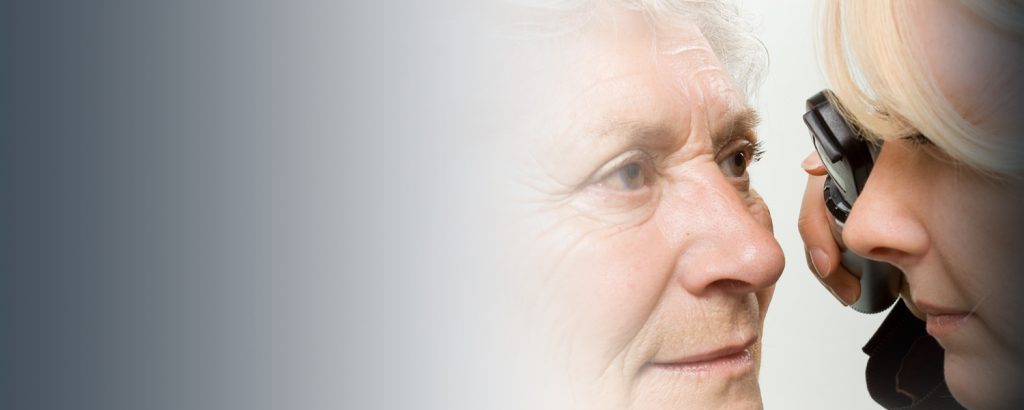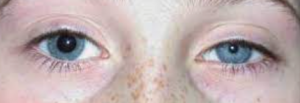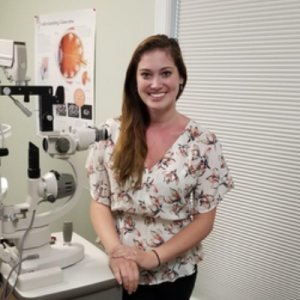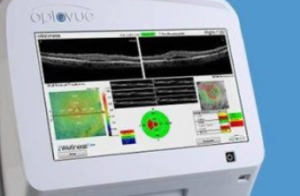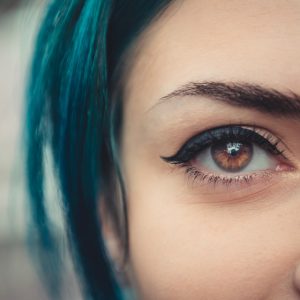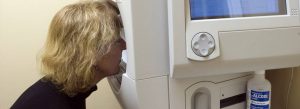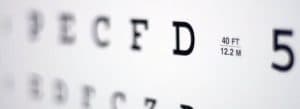The pupil is not just a black hole inside your eye – it is a guide to your eye and brain health.
The amount of light that enters your eyes is controlled by your pupils, so a comprehensive eye exam should include a test of the pupils.
Pupil examination is an essential part of the eye exam and may reveal issues in your brain, autonomic nervous system as well as your eye health.
What is the pupil?
The pupil is the round black circle in the center of the iris, the colored part of the eye. The pupil is a hole inside the eye that allows light to pass through to the light-sensitive layer at the back of the eye, the retina.
The pupil can contract to become smaller (constrict) or expand to become larger (dilate). The amount of light that reaches your retina is controlled by the size of the pupil, which is controlled by the muscles in your iris that respond to external stimuli.
The pupil constricts in bright light to minimize the amount of light entering the eye. The pupil dilates in dark or dim light to allow more light into the eye and improve vision.
Pupil examination
The eye doctor will include the assessment of your pupils as part of a comprehensive eye exam. The first thing an eye doctor looks for when examining your pupils is anisocoria, a condition where one pupil is larger than the other.
An estimated 20% of the general population has anisocoria for no apparent reason, and does not indicate any medical issue.
Unequal pupil sizes can be a sign of a serious medical condition, such as a concussion, inflammation of the optic nerve, or a brain or eye tumor.
In addition to checking whether the pupils are equal in size, an eye doctor will examine the size and shape of the pupil in both bright and dim light.
Other tests conducted by an eye doctor are the speed and quality of pupillary responses to stimuli and your pupillary reaction to near stimuli such as small print.
Schedule an eye exam with an eye doctor near you who can perform pupil exams to rule out any underlying eye or medical conditions.
SEE RELATED: Are my Eye Pupils Different?
Types of pupil tests
There are three procedures that eye doctors use to test pupil reflexes.
1. Light response pupil test
The light response pupil test evaluates the reflex that regulates the pupil’s size in reaction to light. After dimming the lights, the doctor will ask you to look at a distant object.
A beam of light will shine into your eyes from either side. Your doctor will examine your pupils closely to see if they constrict in reaction to light, noting their size and shape.
2. Swinging flashlight pupil test
The swinging flashlight pupil test compares the response of your pupils to light. The lights in the room will be dimmed, and again you will be asked to look at a faraway object.
The eye doctor will “swing” the light from one eye to the other in a rhythmic motion, recording the responses of each pupil. When the light is shone on your pupils, they should constrict or remain the same size.
An abnormal pupil response, such as the pupil dilation following introduction of light stimulus is known as Marcus Gunn pupil or an afferent pupillary defect (APD). This condition may indicate a more serious condition caused by an optic nerve or neurological issue.
3. Near response pupil test
The near response pupil test measures the pupil’s response to a near target. This test is performed in a room with normal lighting.
Your doctor will have you look at a faraway object before moving a little object or card in front of your eyes. Your doctor will monitor your pupils as you fixate your eyes on the close item to ensure that they constrict fast when your fixation shifts.
Pupil tests conducted during a comprehensive eye examination are very important, as they can reveal the status of your brain and eye health, especially the optic nerve and retina.
Detection of pupil problems are critical in detecting some brain and eye conditions that could potentially lead to vision loss or even death.
LEARN MORE: Guide to Eye Exams
Contact an eye doctor near you who can conduct pupil tests to reveal if you have any underlying eye conditions.

